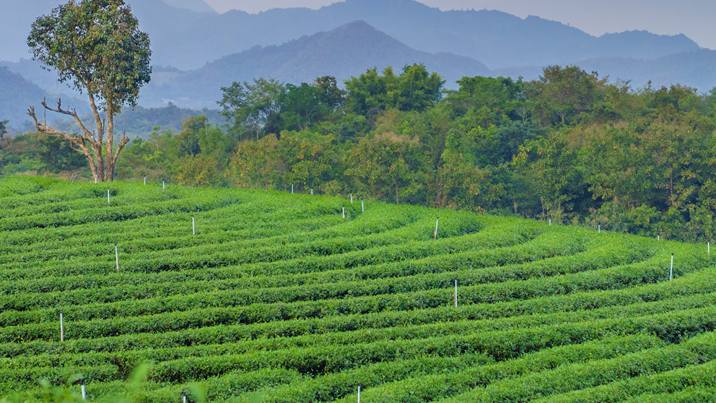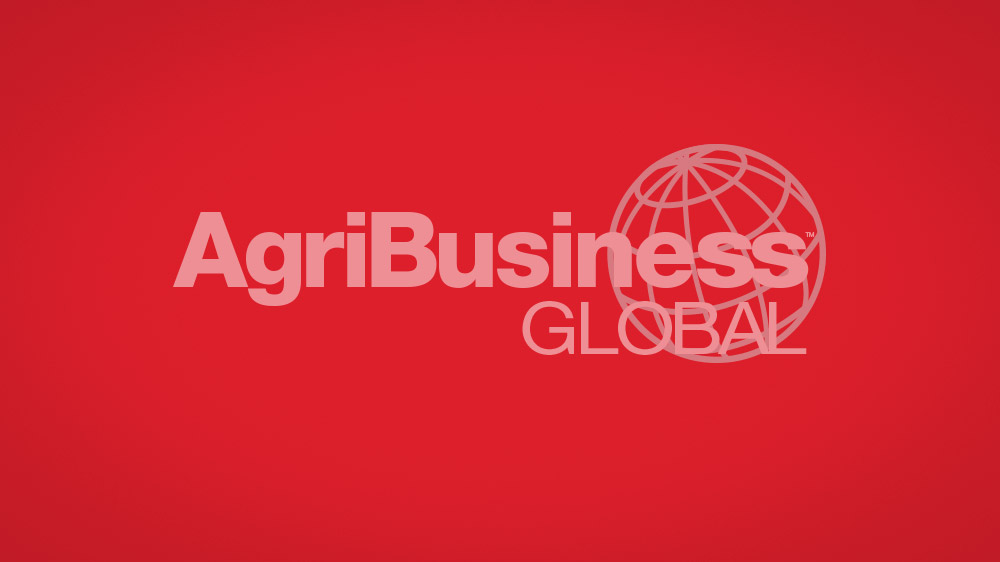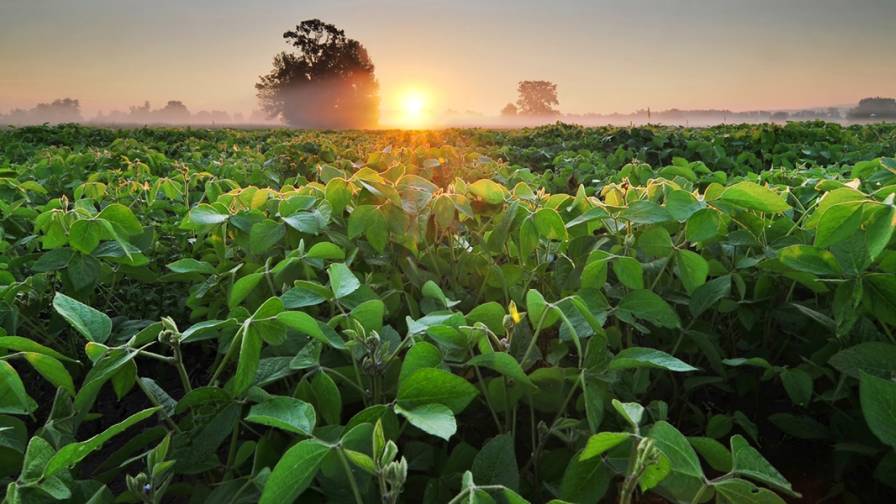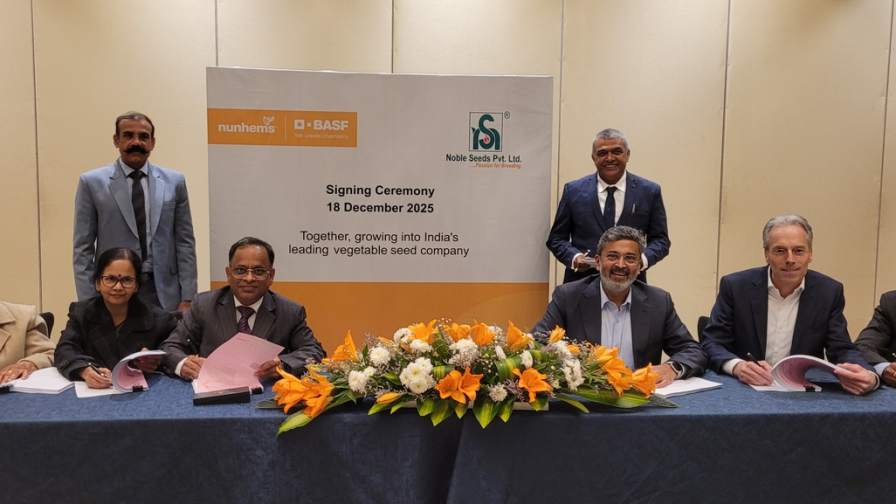ADAMA Reports Record Sales in Fourth Quarter, Full Year of 2021
ADAMA Ltd. has reported its financial results for the fourth quarter and full year period ended December 31, 2021. Fourth quarter 2021 highlights include:
- Sales up 17% to an all-time quarterly record-high of $1,337 million (RMB: +13%), driven by 14% higher prices and 5% volume growth.
- Adjusted EBITDA up by 23%, reaching $207 million (RMB: +19%).
- Reported net income up by 31% to $25 million (RMB: +26%); Adjusted net income of $54 million.
- Operating cash flow up $277 million to $372 million; Free cash flow up $282 million to $190 million.
Full year 2021 highlights include:
- Sales up 17% to a record-high of $4,813 million (RMB: +9%), driven by 12% volume growth and 4% higher prices.
- Adjusted EBITDA up 7%, reaching $671 million (RMB: +0%).
- Reported net income of $25 million; Adjusted net income of $139 million.
- Operating cash flow up $418 million to $710 million; Free cash flow up $225 million to $75 million.
Commenting on the results, Ignacio Dominguez, President and CEO of ADAMA, said, “2021 was an outstanding year of exceptional growth. Nevertheless, it was a very difficult year with many challenges, including massive cost increases of raw materials and intermediates, as well as significantly higher shipping and logistics costs and container shortages. These factors were in addition to the ongoing and debilitating effects of the COVID-19 pandemic, including its intensification in December with the onset of the Omicron wave. It is in these times of challenge and uncertainty that the true strength of our business shines through, with not only strong sales growth, but also as we started to see in the fourth quarter, significant price increases to compensate for the higher cost environment.
“As we face yet another year of uncertainty, this time emanating from massive geopolitical volatility, we remain focused on supporting our people and our customers as they navigate through this difficult time. Indeed, I am deeply humbled by the great spirit and courage shown by our colleagues in Ukraine, as well as our other leaders across the region, who are supporting the team and their families in every way they can.”
The General Crop Protection Market Environment
During the fourth quarter of 2021, crop prices of most of the major commodity crops remained elevated, and even further increased, supporting strong crop protection demand in most regions. This demand was also further supported by higher planted area in South America as planting progressed there in the quarter.
On the whole, farmers continue to benefit from the high global crop prices. However, this benefit is somewhat dampened by broad inflationary pressures they are experiencing across most of their input costs, including seeds, fertilizers, crop protection, fuel and machinery.
During the quarter, availability of intermediates and active ingredients sourced from China improved somewhat as the “Dual Control” energy saving measures in the country were relaxed, and agrochemical production came back online. However, China agrochemical prices remained high and COVID-19 restrictions and lockdowns continued to negatively impact agrochemical production and logistics.
Global energy prices remained high during the fourth quarter of 2021. In addition, global freight and logistics costs remained significantly elevated during the quarter, and even further increased in December as COVID-19 continued to disrupt port activity, coupled with high stay-at-home demand brought on by the Omicron wave. Similarly, in-land logistics remained challenged as pandemic-related restrictions continued to create frictions in domestic supply lines. Taken together, these constraints have impacted both availability of shipping and transportation resources, as well as significantly increased their costs, a dynamic widely observed across all international trade-related industries.
The company continues to actively manage its procurement and supply chain activities in order to mitigate these higher procurement and logistics costs. It also endeavors to adjust its pricing wherever market conditions allow, to compensate for these increased costs, the results of which were apparent in Q4, and are continuing to be seen into the beginning of this year.
As the world continues to watch in horror the unfolding tragic and traumatic events in Ukraine, the company is doing everything possible to ensure the safety and security of its people, and stands strongly in support of its employees, partners and customers. Although the company is continuing to support farmers in Ukraine, its business in the country is being impacted to a certain extent. At this stage, the company anticipates that its overall results for the first quarter of 2022 will not be materially impacted, due to promising performance in other geographies. The company is continuously reviewing the situation on the ground and assessing the potential risks involved, and will provide a further update in due course. At times like these, ADAMA is keenly aware of the important role it plays in helping farmers to continue to grow their crops, in order to ensure global food security.
China Operations Update
The company’s manufacturing site in Jingzhou, Hubei (ADAMA Sanonda) continues on its path of gradually ramping up production following the completion of the Relocation & Upgrade program at the site, progressively reducing the need for incurring additional procurement costs, and gradually reducing idleness charges as production and utilization levels steadily increase.
As a result of the institution during 2021 of China’s “Dual Control” energy restrictions as well as certain regulatory inspections conducted at some industrial parks, the Company’s manufacturing facilities in Huai’An (ADAMA Anpon) and in Dafeng (ADAMA Huifeng), both in Jiangsu province, were suspended for a number of weeks in September and October 2021. As the restrictions were loosened in the following weeks, operations at these sites resumed, albeit initially at a more limited capacity, reaching normal operations by December. This temporary suspension caused an increase in idleness costs during the quarter.





